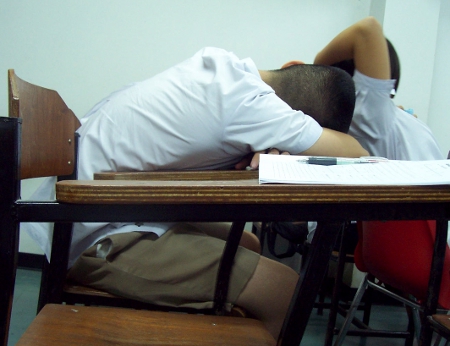Why School Reforms Haven’t Worked

It’s a new school year, and the White House is pushing school reform hard with a goal of ensuring all high school graduates are college- or career-ready. Don’t get your hopes up, warns Washington Post economic columnist Robert J. Samuelson in a recent op-ed piece. “Few subjects inspire more intellectual dishonesty and political puffery than ‘school reform,’” he writes. Since the 1960s, numerous efforts aimed at reforming America’s schools haven’t produced solid results, he adds, noting that the average National Assessment of Educational Progress math and reading scores for 17-year-olds barely moved between 1971 and 1988. Yes, there have been improvements at the elementary level, but they evaporate in high school.
Why haven’t reforms worked? Samuelson debunks some theories, including those that cite too few teachers, low teacher pay and not enough kids in preschool programs. Instead, he says, one reason is that no single reform or set of reforms has been found that easily transfers from one district to another.
But, Samuelson argues, the main reason reform hasn’t helped is that student motivation is declining; and that’s not necessarily the fault of teachers and schools. Sixty years ago, 40 percent of 17-year-olds dropped out of school; today, only 25 percent do. Because high schools are now more inclusive, and because “adolescent culture has strengthened,” schools and teachers have lost considerable authority, he claims. Education Secretary Arne Duncan says its a goal to have a “great teacher” in every classroom. Samuelson responds: “That would be about 3.7 million ‘great’ teachers — a feat akin to having every college football team composed of all-Americans.” Disillusion looms, he predicts.
Filed under: K-12 Education News
Tags: Education Policy, Public Policy, Research on Learning, School Budgets








